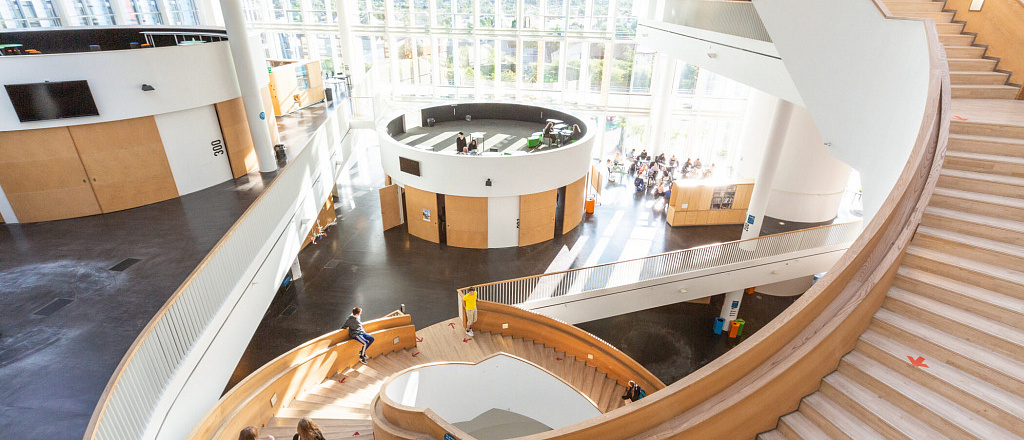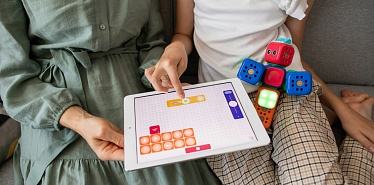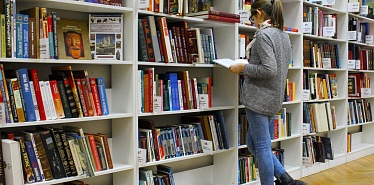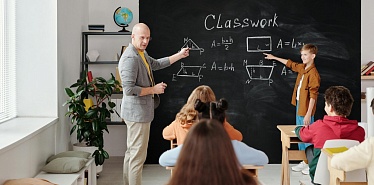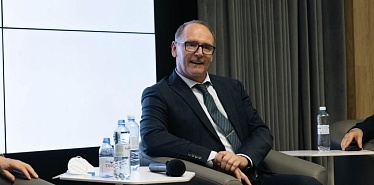Buildings without classrooms and with games in education — here are the innovations of the world's most progressive schools.
Ørestad Gymnasium, Denmark
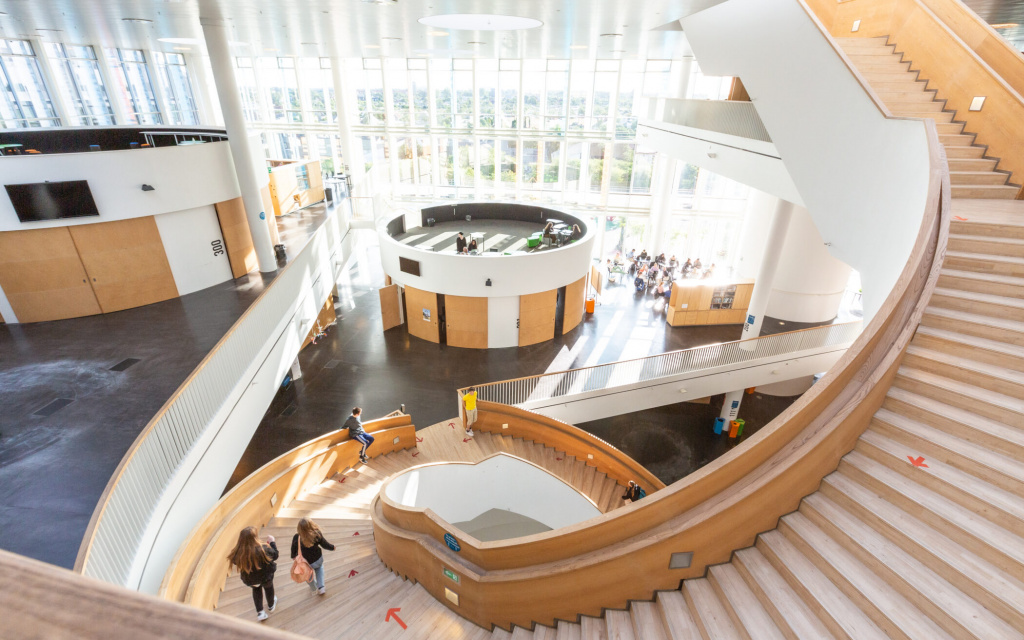
The gymnasium in Copenhagen began operating in 2005, but it only became world famous two years later, when it moved into its new building.
Built as a glass cube, the school lacks traditional classrooms. Instead, there are open spaces where students can communicate with each other and attend any classes. This atmosphere helps children to be more open and to choose what really suits them.
At Ørestad Gymnasium they teach subjects such as: media, biology, science and music.
Quest to Learn School, USA
Quest to Learn was founded in 2009. The mission of the school is to use modern technologies in teaching children. The local teachers believe that using games in the curriculum increases the students interest and better prepares them to cope with the complexities of the modern world.
The founders of the school highlight several principles of game-based learning:
- — everyone is a participant
- — there is a constant challenge, a need to solve a problem
- — experiential learning
- — constant feedback
- — failure is an opportunity to learn.
High Tech High, USA
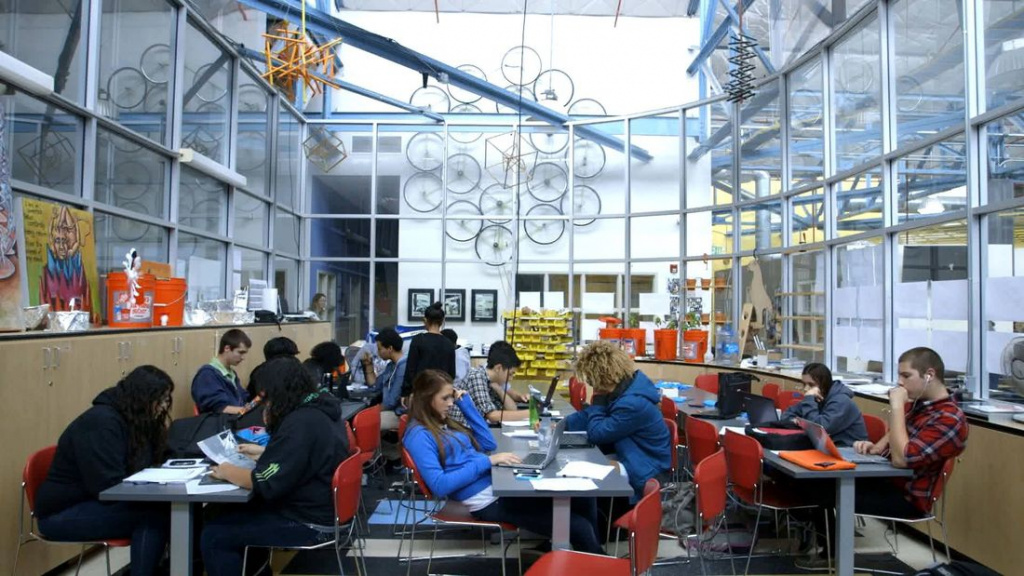
The school was founded with the participation of community leaders and educators in the city of San Diego in 2000. The original plan was to educate 450 students, but through an innovative approach it has grown into a network of 16 schools.
The faculty is guided by the «design principles» underlying the learning process:
- — equity: educational programs, projects and activities seek to address any disparities
- — personalization: small class sizes allow teachers to follow each student and help them develop their interests
- — experiential: Students do what is important to them, conduct independent research, take internships, and consult with outside experts
- — participatory solutions: students and teachers cooperate in designing the curriculum and receive feedback as well as input.
Green School, Indonesia
The idea for the Green School came to entrepreneurs John and Cynthia Hardy in 2006. They were deeply influenced by the film An Inconvenient Truth about global warming. The construction of the green school was completed after two years.
The mission of the school is to teach children the principles of sustainability. The classrooms here are built of bamboo, and environmentally friendly materials are used in the lessons.
It is possible to join the school even without being a student, through an internship program or by becoming a volunteer.
Innova Schools, Peru
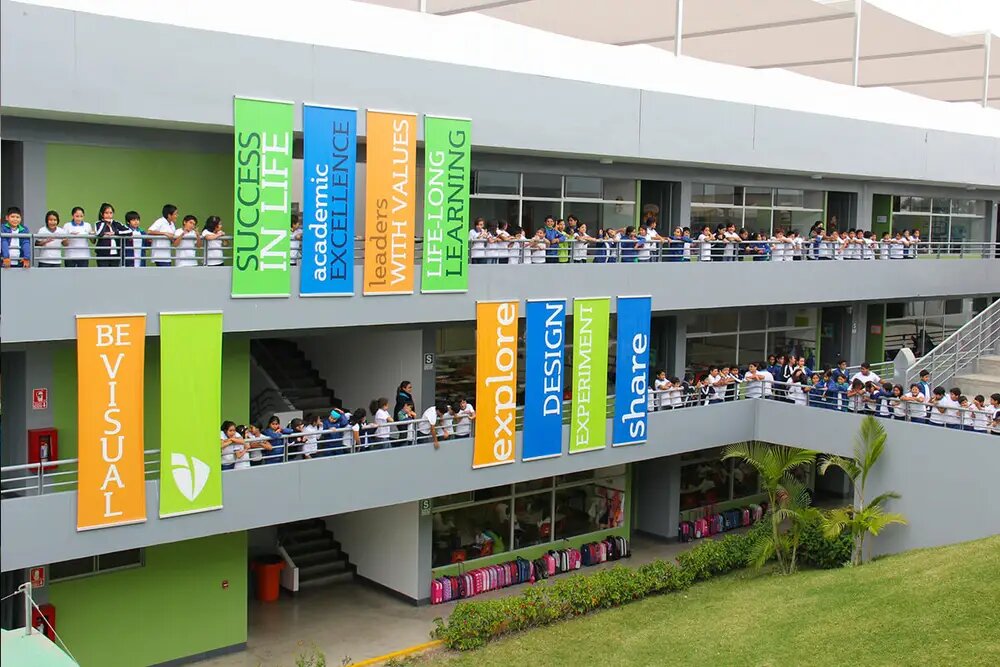
A network of 18 schools across the country aims to provide access to quality education for all children.
The mission of the project is to shift the paradigm of education to the autonomy of the learning process. That means that students are free to choose their own subjects: instead of lectures, there are open discussions, and students get their theoretical knowledge from online resources.
A special feature is The Innovation Program. At the beginning of each semester, teachers ask one question, such as: How can we improve the health of our community? Over the next months, students find ideas, discuss, look for options to improve the situation, and at the end, make a joint decision.
TEKY, Vietnam
TEKY is a network of academies that was the first in Vietnam to adopt the STEAM approach to learning — programs that combine science, technology, engineering and math.
Today, more than ten thousand students between the ages of 6 and 18 attend the school's 17 branches. Among the subjects taught at the school are programming, robotics, web design, multimedia and communications.
The learning process is built on practical interaction of students with technologies. Each student can choose his or her own direction after a number of trial classes.
High Tech Academy, Kazakhstan
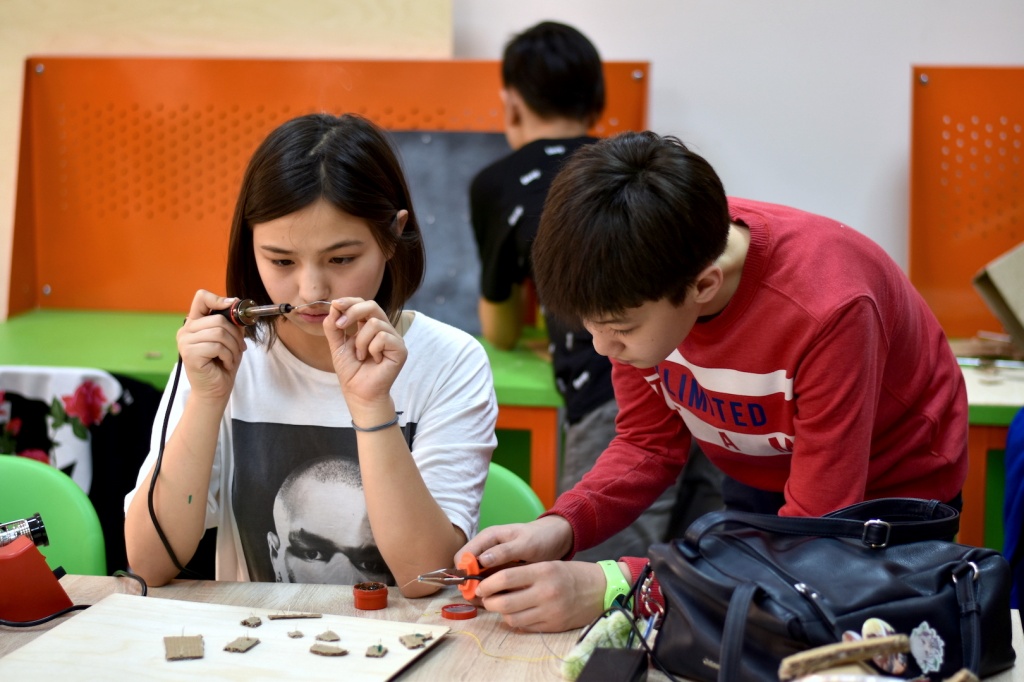
High Tech Academy is a private school with a project-based curriculum, a learning methodology where students gain knowledge and skills through enduring inquiry and questioning.
The projects here are interdisciplinary. Students explore the world by conducting field research, solving problems and problems of real organizations, and undergoing internships and consultations with experts.







